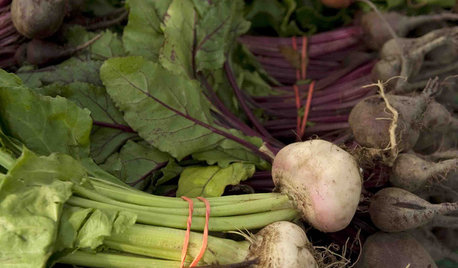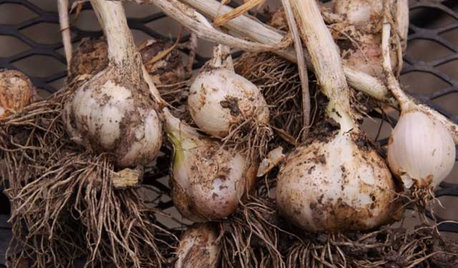Treat soil in early spring to avoid fungus later in the season.
aaaaaaaa
12 years ago
Featured Answer
Comments (20)
yumtomatoes
12 years agoRelated Professionals
Eden Prairie Landscape Architects & Landscape Designers · Saint Charles Landscape Architects & Landscape Designers · Coeur d'Alene Landscape Contractors · Merced Landscape Contractors · Ocoee Landscape Contractors · Stony Brook Landscape Contractors · Tuscaloosa Landscape Contractors · Hueytown Landscape Contractors · Newburgh General Contractors · Pacifica General Contractors · Woodmere General Contractors · Cedar Falls Decks, Patios & Outdoor Enclosures · Detroit Decks, Patios & Outdoor Enclosures · Frederick Decks, Patios & Outdoor Enclosures · Portland Decks, Patios & Outdoor Enclosuresdigdirt2
12 years agoyumtomatoes
12 years agodigdirt2
12 years agocarolyn137
12 years agoyumtomatoes
12 years agodigdirt2
12 years agoyumtomatoes
12 years agoyumtomatoes
12 years agodigdirt2
12 years agoaaaaaaaa
12 years agoyumtomatoes
12 years agodigdirt2
12 years agoaaaaaaaa
12 years ago4hleader
12 years agocarolyn137
12 years agocalifornian
12 years agocalifornian
12 years ago4hleader
12 years ago
Related Stories

FLOWERS AND PLANTSHeat-Loving Duranta Erecta Blooms From Spring Into Early Fall
Golden dewdrops, a versatile tropical shrub, has delicate purple and white blossoms
Full Story
GARDENING GUIDESGardening Solutions for Heavy Clay Soils
What’s a gardener to do with soil that’s easily compacted and has poor drainage? Find out here
Full Story
MOST POPULARHow to Start a Cool-Season Vegetable Garden
Late summer and late winter are good times to plan and plant cool-season crops like salad greens, spinach, beets, carrots and peas
Full Story
GARDENING GUIDESCool-Season Vegetables: How to Grow Chard
A year-round garden favorite with a colorful stem, Swiss chard comes into its own in early spring and in fall
Full Story
COOL-SEASON CROPSCool-Season Vegetables: How to Grow Potatoes
This ever-popular tuber is a stalwart in spring and fall gardens and a staple in kitchens everywhere
Full Story
FARM YOUR YARDCool-Season Vegetables: How to Grow Lettuce
Leaf, butterhead, crisphead or romaine — lettuce is best harvested in the cool weather of spring and fall
Full Story
FEEL-GOOD HOMESimple Pleasures: 15 Ways to Welcome Spring
Embrace the season by lightening up, freshening up and connecting with nature
Full Story
FARM YOUR YARDCool-Season Vegetables: How to Grow Beets
Give canned versions of this fall and spring garden favorite the heave-ho and discover its true flavor and colors
Full Story
COOL-SEASON CROPSCool-Season Vegetables: How to Grow Garlic
Beloved in a wide range of dishes the world over, garlic thrives in a fall garden and is easy to grow
Full Story
GARDENING GUIDESGarden Myths to Debunk as You Dig This Fall and Rest Over Winter
Termites hate wood mulch, don’t amend soil for trees, avoid gravel in planters — and more nuggets of garden wisdom
Full StoryMore Discussions







digdirt2